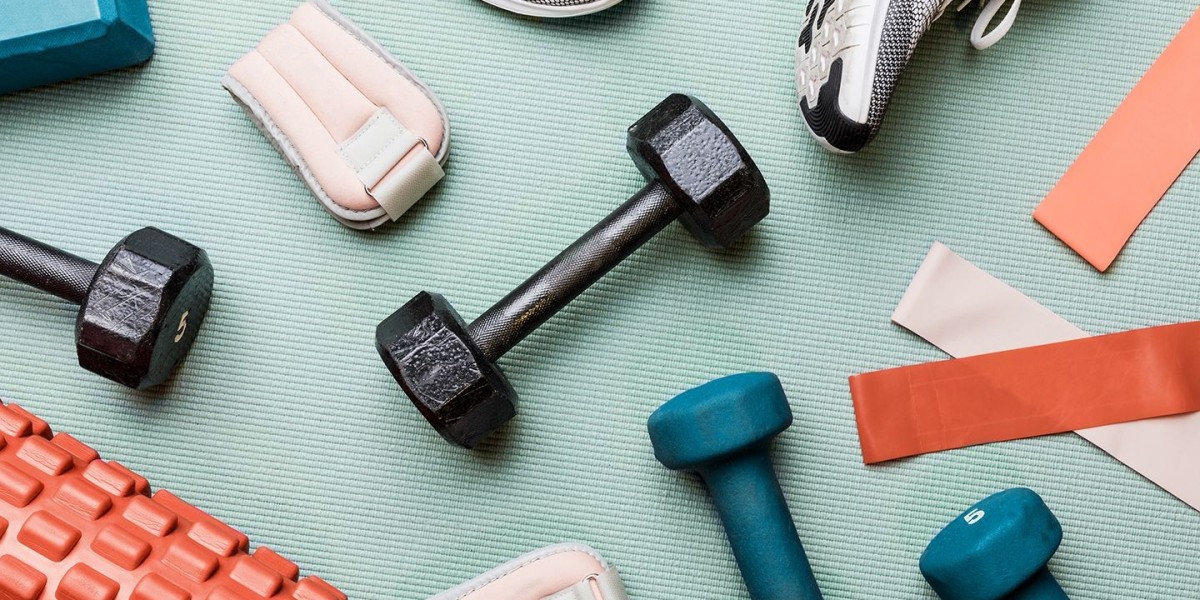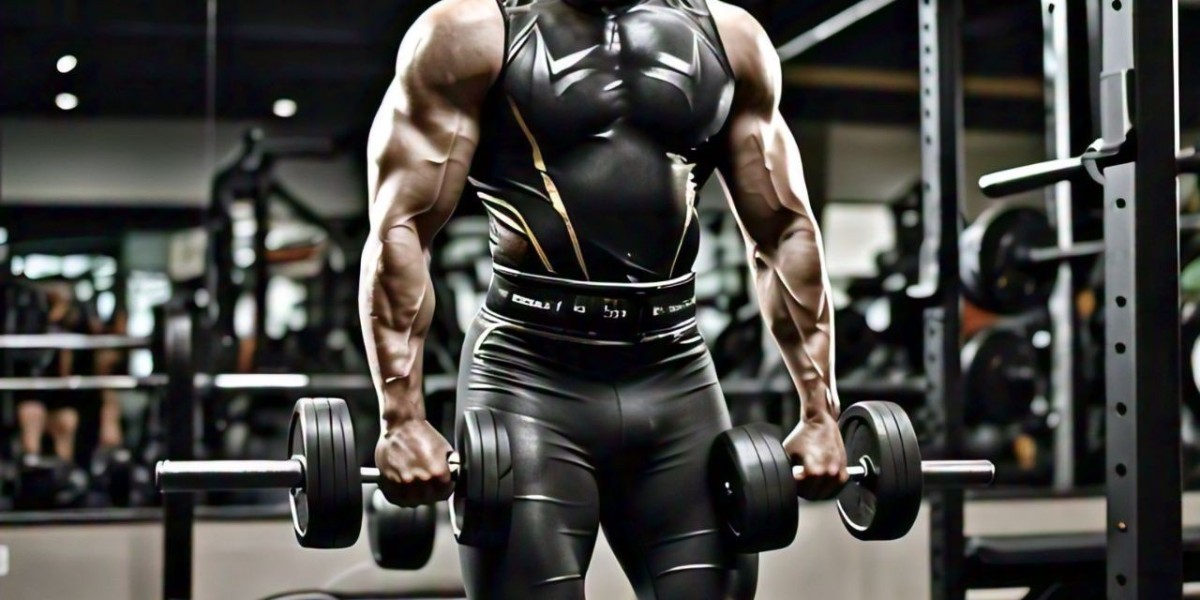front squat benefits is one of the most effective and versatile exercises in strength training, offering a range of benefits that go beyond the traditional back squat. While the back squat is known for targeting the quads, hamstrings, and glutes, the front squat shifts the emphasis toward the quads, core, and upper body. It’s an excellent movement for bodybuilders, athletes, and anyone looking to enhance overall strength, mobility, and posture.
Let’s break down the top benefits of front squats and why you should incorporate them into your routine.
1. Greater Quad Activation
Muscles worked: Quadriceps, glutes, hamstrings, lower back, core
One of the most significant differences between the front squat and the back squat is the increased emphasis on the quadriceps (front of the thighs). In a front squat, the barbell is placed on the front deltoids (shoulders), which forces you to maintain a more upright torso position. This upright posture results in a greater angle at the knee joint and shifts more of the workload onto the quadriceps.
Benefit:
If you're aiming to build bigger quads, the front squat is one of the best exercises to do so. It helps develop the quadriceps, especially the vastus medialis (the inner part of the quads), which gives your legs a fuller look.
2. Improved Core Strength and Stability
Muscles worked: Core (abs, obliques), lower back
To maintain proper form during the front squat, you must engage your core (abs and lower back muscles) to keep the torso upright and prevent the chest from caving forward. This makes front squats a fantastic exercise for improving overall core strength and stability.
Benefit:
The need to stabilize the weight forces your core muscles to work harder than in back squats, leading to better core development. A strong core is crucial for both athletic performance and injury prevention.
Over time, you’ll notice improved posture, as front squats teach you to keep an upright spine and avoid rounding the back.
3. Enhanced Mobility and Flexibility
Muscles worked: Ankle, hip, and thoracic spine mobility
The front squat requires a significant range of motion, especially in the ankles, hips, and thoracic spine (upper back). To achieve a deep squat with proper form, you need to have good mobility in these areas, which will improve with consistent practice.
Benefit:
As you continue front squatting, you’ll develop greater ankle dorsiflexion (the ability to bend your foot upward), hip flexibility, and thoracic spine mobility. These improvements not only benefit your squats but also enhance overall functional movement in daily life and other exercises.
Front squats are great for individuals looking to improve their squat depth, as the upright posture naturally promotes better depth and a full range of motion.
4. Lower Stress on the Lower Back
Muscles worked: Erector spinae (lower back), glutes, core
While the back squat places a significant load on the lower back due to the barbell placement on the back, the front squat is easier on the spine. The barbell is positioned on the front of the body, reducing the need for excessive spinal flexion and extension, which can be hard on the lower back.
Benefit:
Front squats tend to place less stress on the lower back than back squats, making them a great alternative for those with lower back issues or those who want to minimize spinal load while still working the legs and core.
The upright torso position also encourages better spinal alignment and avoids the risk of rounding the back during heavy squats.
5. Greater Focus on Upper Body Strength
Muscles worked: Shoulders, upper back, traps
Since the front squat requires you to hold the barbell in front of your body with your arms, shoulders, and upper back, it also strengthens the upper body, particularly the shoulders and upper back. To maintain proper positioning and prevent the bar from falling forward, you need to engage the front deltoids, biceps, and trapezius muscles.
Benefit:
Over time, front squats will help you develop a stronger upper back, improving your posture and helping with other lifts like the bench press, deadlifts, and overhead presses.
Front squats are also great for shoulder stability, which can translate into better performance in overhead lifting exercises and overall shoulder health.
6. Improved Athletic Performance
Muscles worked: Quads, glutes, hamstrings, core, hip flexors
Front squats are a great movement for athletes because they mimic the more upright posture required in many sports. Whether you're sprinting, jumping, or lifting, the emphasis on quad strength, core stability, and hip mobility makes front squats a functional exercise that improves explosiveness and movement efficiency.
Benefit:
Athletes in sports like track and field, basketball, soccer, and football will benefit from front squats, as they develop the strength, stability, and mobility needed to improve athletic performance and prevent injury.
7. Better Posture and Alignment
Muscles worked: Upper back, core, erector spinae
The front squat encourages an upright, stable posture due to the positioning of the barbell. The demand for an erect torso engages your upper back and core, helping to reinforce good posture, which carries over into your everyday movements.
Benefit:
Consistent front squatting can improve postural alignment, reduce the risk of slumping, and even help prevent neck or shoulder tension that often comes from sitting for long periods.
A strong core and upper back—developed through front squats—promote better overall alignment, which can enhance confidence and reduce the chances of chronic pain from poor posture.
How to Perform Front Squats Correctly
To get the full benefits of the front squat, it's crucial to perform the exercise with proper form:
Bar Position: The barbell should rest on the front deltoids, with your arms crossed over to stabilize it. Alternatively, use a clean grip if your mobility allows.
Feet Placement: Set your feet shoulder-width apart with toes slightly pointed out.
Upright Torso: Keep your chest up and back straight throughout the movement.
Depth: Lower yourself as deep as your mobility allows, ideally with your thighs parallel to the floor or deeper.
Drive Through Heels: Push through your heels to return to the standing position, keeping your core engaged to maintain stability.
Conclusion
The front squat is an incredibly beneficial exercise for building strength, size, and mobility. It places a stronger emphasis on the quads, engages the core and upper body more intensely, and helps improve posture and flexibility. Whether you're a bodybuilder, athlete, or fitness enthusiast, incorporating front squats into your routine will provide numerous advantages in terms of performance, injury prevention, and overall physique development.









